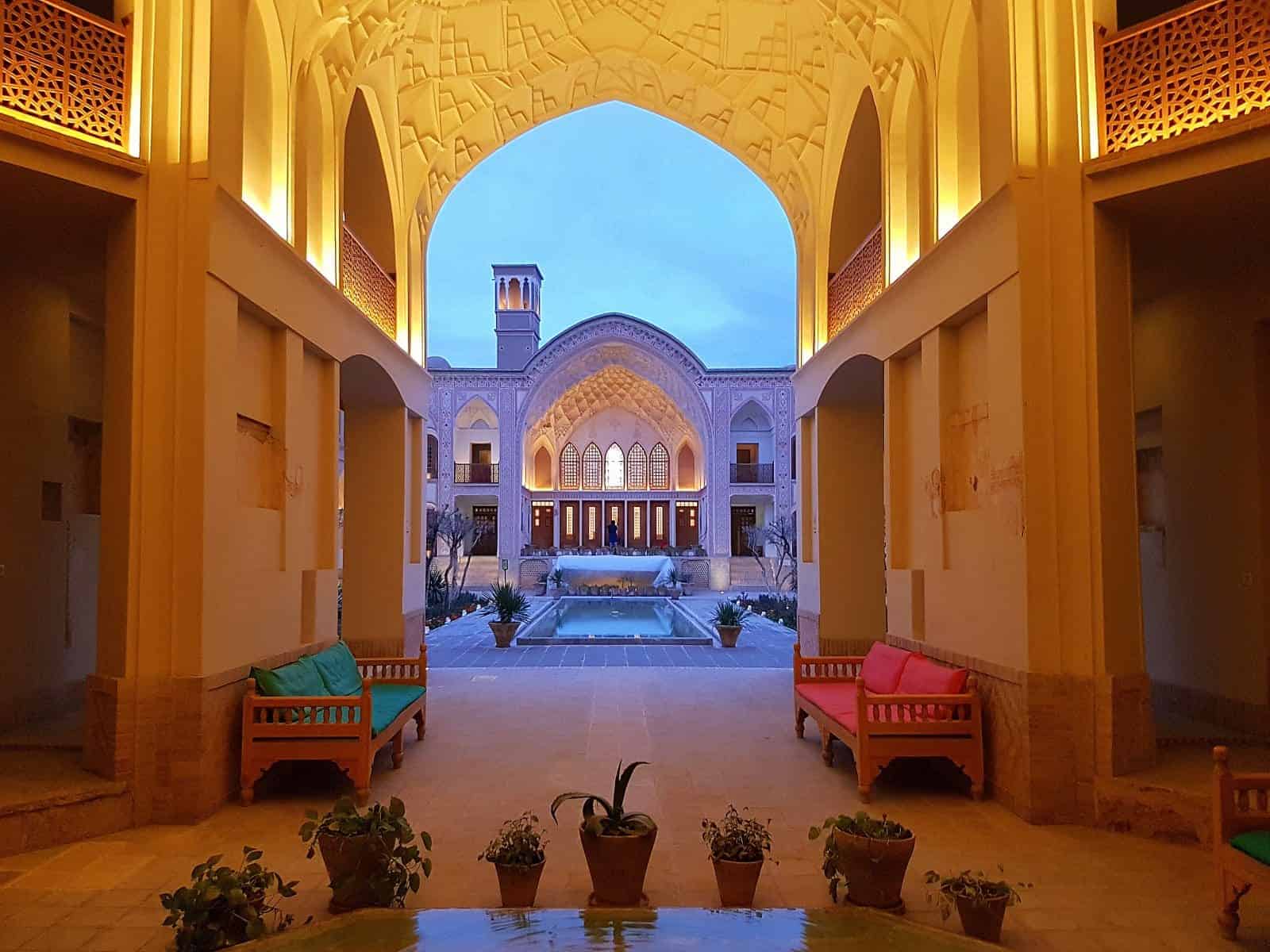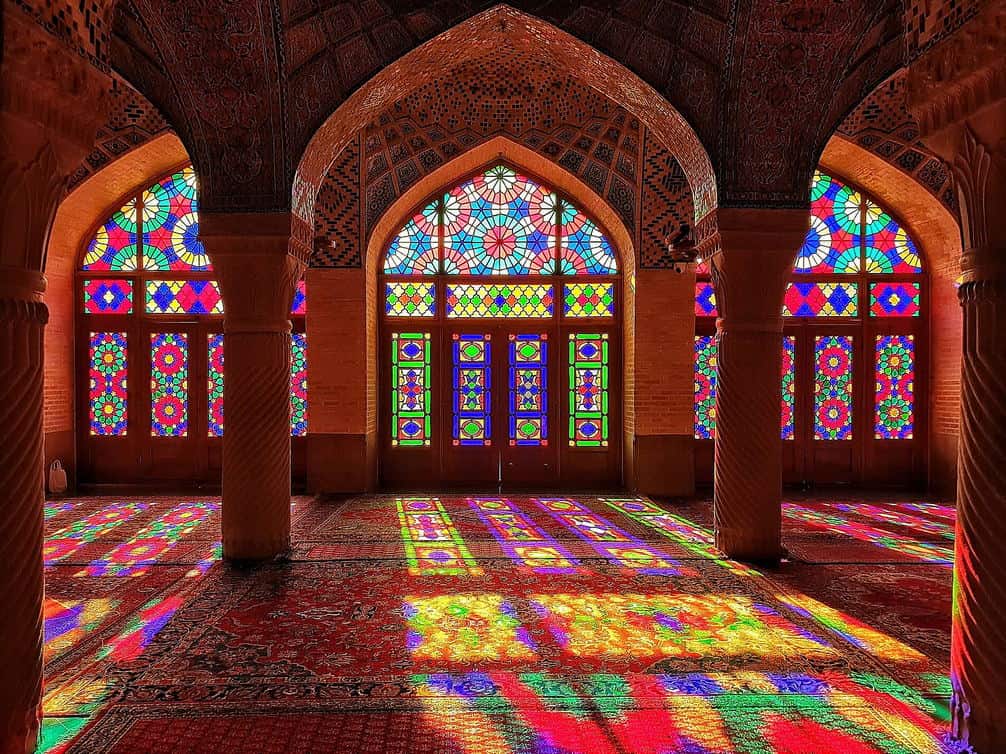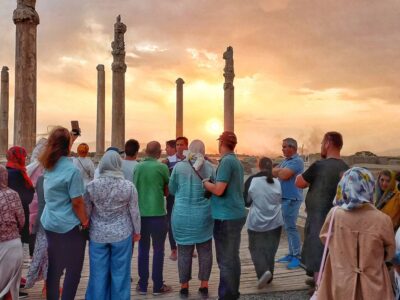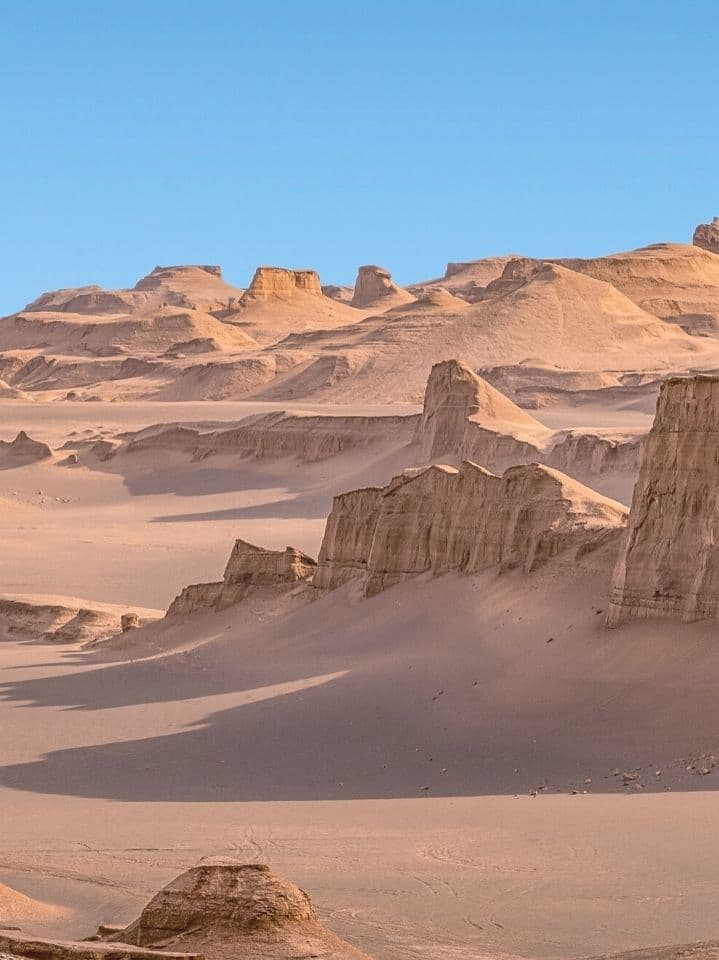Table of Contents
The UNESCO Sites in Iran have resulted from recognizing 26 cultural and natural landmarks as UNESCO World Heritage Sites in Iran and 61 locations on the Iran UNESCO tentative list. These tourist sites in Iran are acknowledged for their unique and valuable cultural, natural, artistic, and historic significance and are preserved for future generations to enjoy.
In addition to these 26 sites in the Iran UNESCO list, there are many other places to travel to Iran that are being considered for UNESCO recognition. These sites, listed on the tentative list, showcase the country’s rich cultural heritage and are waiting for approval to join the prestigious and famous World Heritage Sites list.
To help visitors discover these remarkable Iran tourist attractions, we have put together an interactive map of the UNESCO sites in Iran.
Iran UNESCO Map
Click markers to show information and photo.
Iran UNESCO Map
UNESCO World Heritage Sites in Iran
There are 26 UNESCO World Heritage Sites in Iran. All of these twenty-six sites are listed under the Cultural category.
- Armenian Monastic Ensembles of Iran
- Bam and its Cultural Landscape
- Bisotun
- Cultural Landscape of Hawraman/Uramanat
- Cultural Landscape of Maymand
- Golestan Palace
- Gonbad-e Qābus
- Historic City of Yazd
- Masjed-e Jāmé of Isfahan
- Meidan Emam, Esfahan
- Pasargadae
- Persepolis
- Sassanid Archaeological Landscape of Fars Region
- Sheikh Safi al-din Khānegāh and Shrine Ensemble in Ardabil
- Shushtar Historical Hydraulic System
- Soltaniyeh
- Susa
- Tabriz Historic Bazaar Complex
- Takht-e Soleyman
- Shahr-i Sokhta
- The Persian Garden
- The Persian Qana
- Tchogha Zanbil
- The Trans-Iranian Railway
- The Hyrcanian Forests
- The Lut Desert
UNESCO World Heritage Sites in Iran are protected locations for their cultural and natural importance.
Armenian Monastic Ensembles of Iran

This UNESCO World Heritage Site features a group of Armenian Christian monasteries and churches located in northwest Iran. The site showcases the unique fusion of Armenian and Persian architectural styles and serves as a testament to the religious and cultural exchange between the two civilizations.
Bam and its cultural Landscape

The ancient city of Bam and its cultural landscape in southeast Iran is a UNESCO World Heritage Site known for its impressive citadel and its use of mud-brick architecture. The site suffered significant damage in an earthquake in 2003 but has since been restored to its former glory.
Bisotun
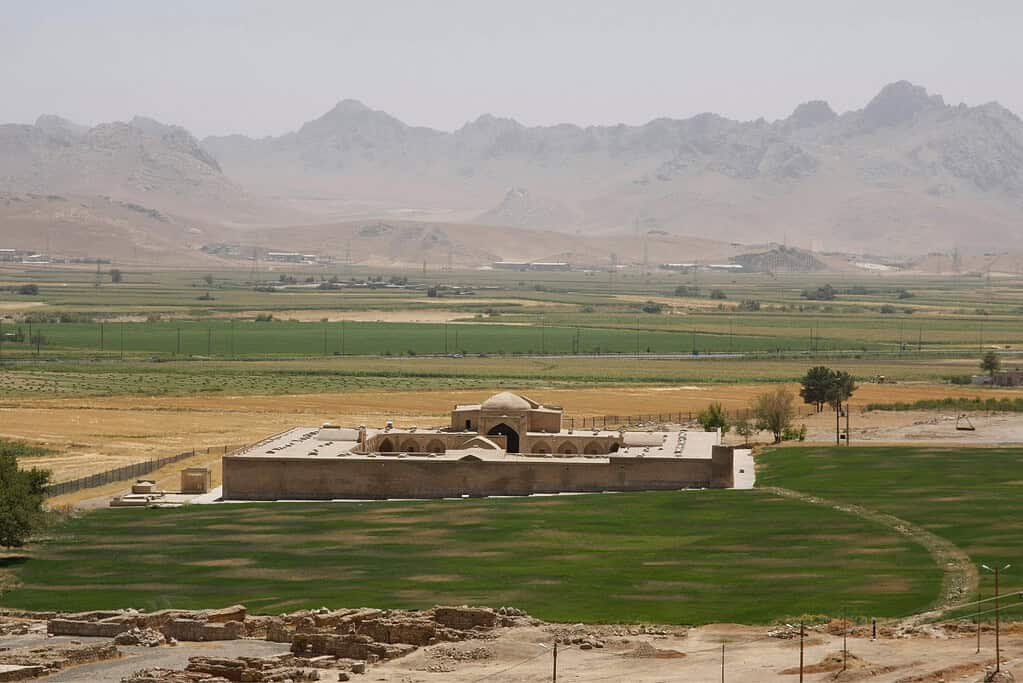
This ancient Persian site features rock reliefs and inscriptions from the Achaemenid Empire and is a crucial example of early Persian art and politics. It is located in the Kermanshah province of Iran and is a UNESCO World Heritage Site.
Cultural Landscape of Hawraman/Uramanat
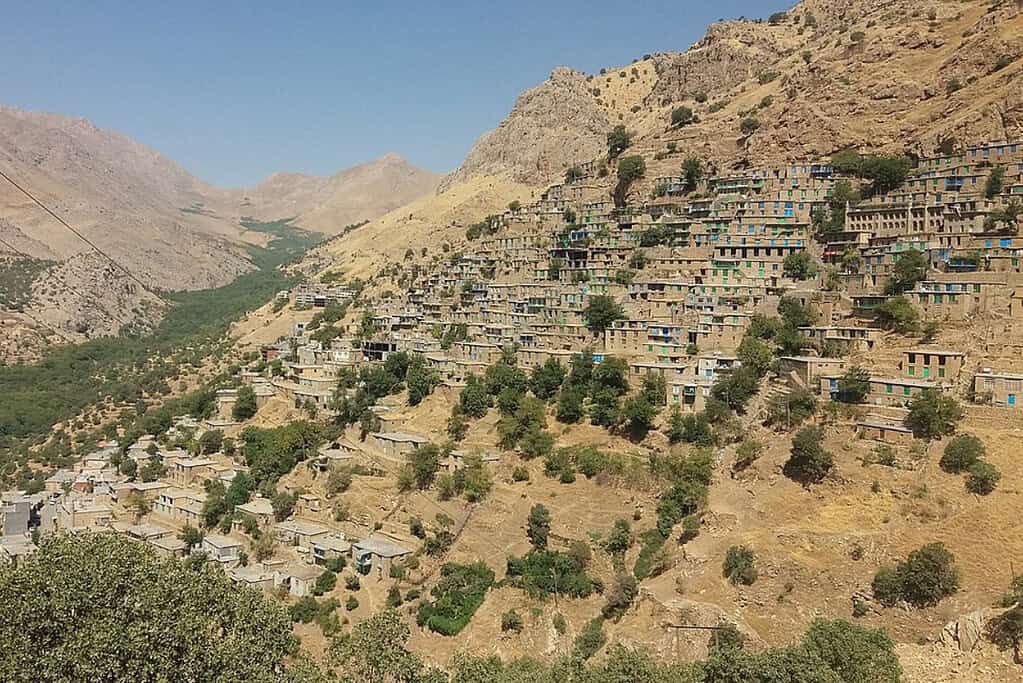
This UNESCO World Heritage Site features the terraced landscape and traditional homes of the Hawraman people in western Iran. The site showcases the unique way in which these communities have interacted with and shaped their environment over time.
Cultural Landscape of Maymand
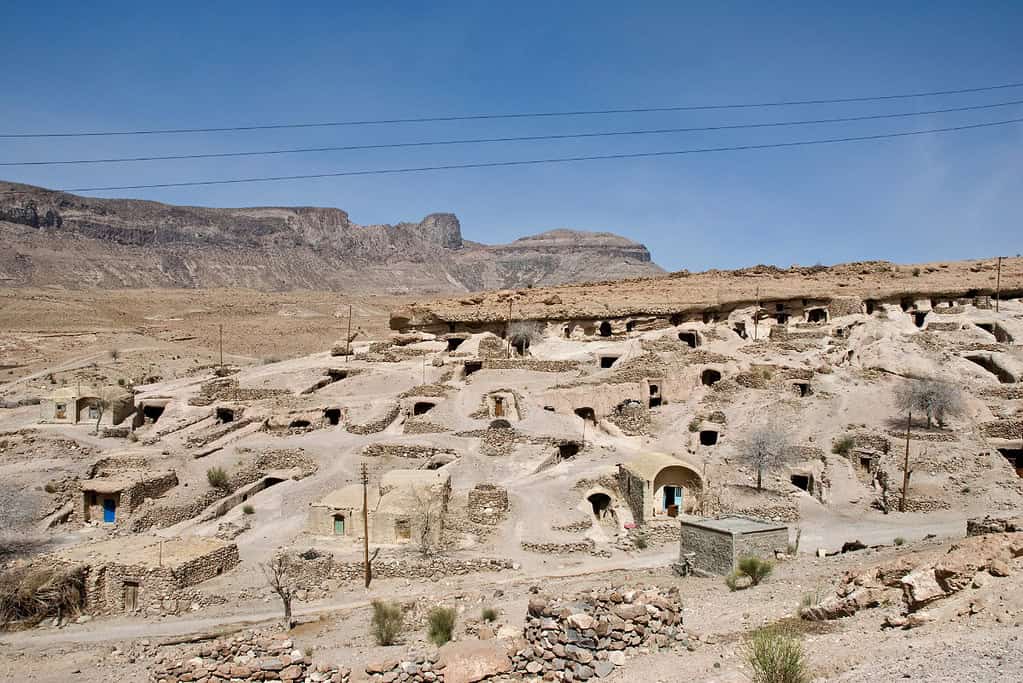
This semi-arid valley in southern Iran is home to a traditional agro-pastoral way of life and is a UNESCO World Heritage Site. The site features cave dwellings, underground irrigation systems, and other unique features that showcase the ingenuity of the people who have lived there for thousands of years.
Golestan palace

This former royal palace in Tehran, Iran serves as a museum and a reminder of the opulence of the Persian Empire. It is a UNESCO World Heritage Site and features stunning examples of Persian art and architecture, including mirrored walls and tiled roofs.
Gonbad-e Qābus

This brick tower in northeast Iran dates back to the 11th century and is an example of early Islamic architecture and astronomy. It is a UNESCO World Heritage Site known for its intricate brickwork and conical shape.
The historic city of Yazd

This ancient desert city in central Iran has been continuously inhabited for over 2,500 years and is a UNESCO World Heritage Site. It features traditional adobe buildings, winding alleyways, and unique irrigation systems that reflect the ingenuity of its residents in adapting to the harsh desert climate.
Masjed-e Jāmé of Isfahan
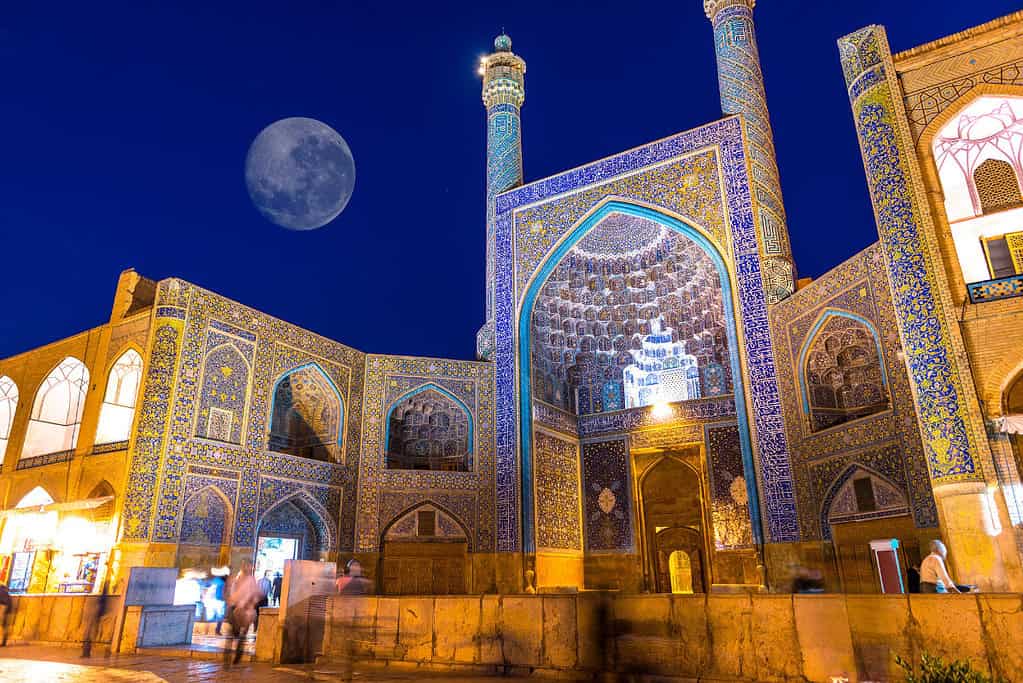
This mosque in Isfahan, Iran is one of the oldest and largest in the world and is an iconic example of Persian architecture. It is a UNESCO World Heritage Site with intricate tilework, towering minarets, and a large central dome.
Meidan Emam, Esfahan

This public square in Isfahan, Iran is one of the largest in the world and serves as a hub of social and cultural activity. Stunning examples of Persian architecture, including the Masjed-e Jāmé mosque and the Royal Palace surround it.
Pasargadae

This ancient capital of the Achaemenid Empire is located in southern Iran and features the tomb of Cyrus the Great. It is a UNESCO World Heritage Site and serves as an example of early Persian art and politics.
Persepolis

This ancient palace complex in southern Iran was the center of the Achaemenid Empire and showcases the grandeur of the Persian Empire. It is a UNESCO World Heritage Site with impressive reliefs, pillars, and a stunning entrance gate known as the Gate of All Nations.
Sassanid archaeological landscape of the Fars region
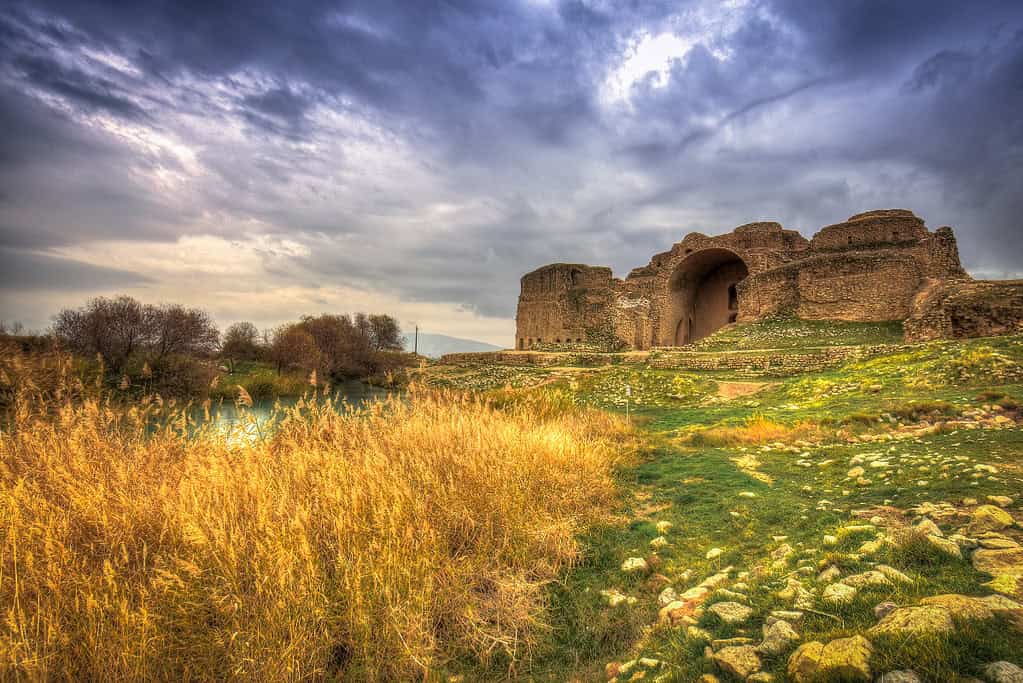
The rich cultural heritage of the Persian Empire, with essential sites like Shahr-i Sokhta and Tchogha Zanbil. Shahr-i Sokhta was a significant city during the Sassanian era, renowned for its stunning architecture and advanced irrigation systems. Tchogha Zanbil is a well-preserved ziggurat from the Elamite era, featuring intricate brickwork and fascinating inscriptions.
Sheikh Safi al-din Khānegāh and Shrine Ensemble in Ardabil
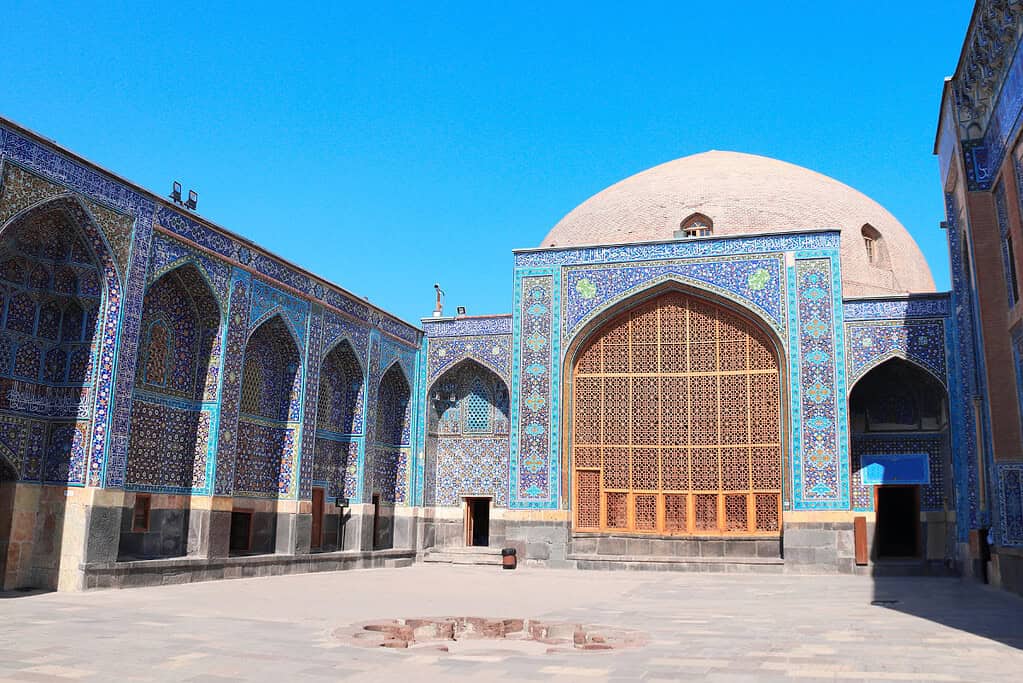
A spiritual complex that served as a center for Sufi teachings during the Safavid dynasty. The complex includes the tomb of Sheikh Safi, a mosque, a school, and a bathhouse, all showcasing the unique blend of Persian and Islamic architectural styles.
Shushtar historical hydraulic system

An impressive feat of engineering from the Sassanian era, featuring a series of canals, dams, and bridges that once supplied water to the city of Shushtar. The system showcases the ancient Persians’ mastery of water management and technology.
Soltaniyeh

A magnificent dome from the Ilkhanid era, known for its massive size and intricate tilework. The dome was once the largest in the world and served as the mausoleum for the Ilkhanid ruler, Oljaytu.
Susa
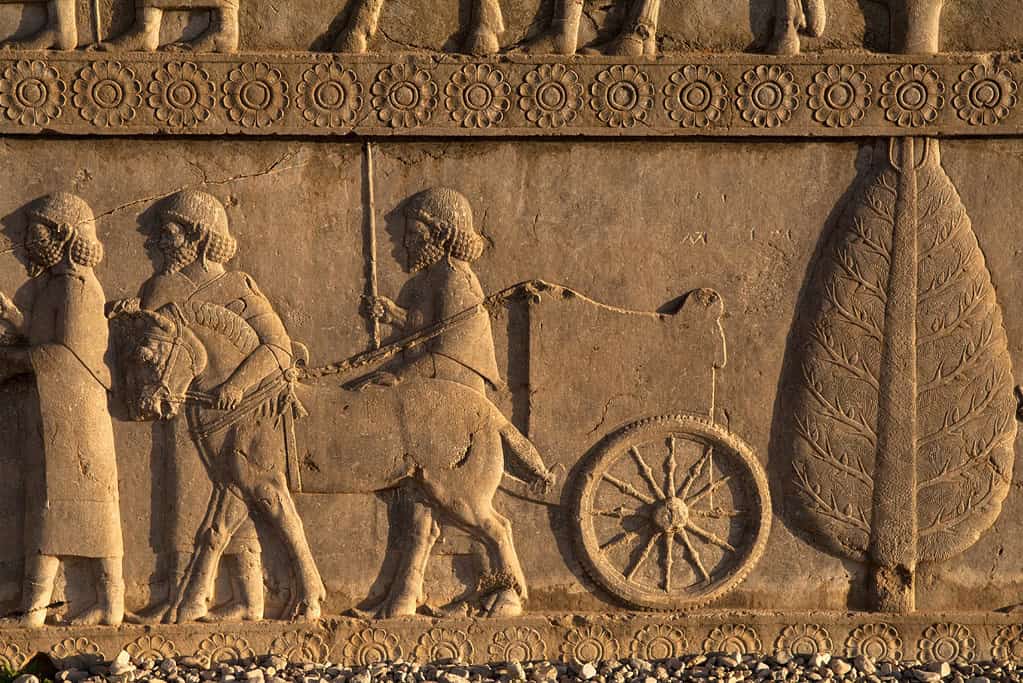
A site of immense historical significance, featuring artifacts from the Elamite, Achaemenid, Parthian, and Sassanian eras. Notable highlights include the Apadana Palace, the Lion’s Head Relief, and the Achaemenid Palace complex.
Tabriz historic Bazaar Complex

A labyrinthine market filled with traditional bazaar-style shops, caravanserais, and mosques. It dates back to the Seljuk era and is considered one of the world’s oldest and most important bazaars.
Takht-e Soleyman
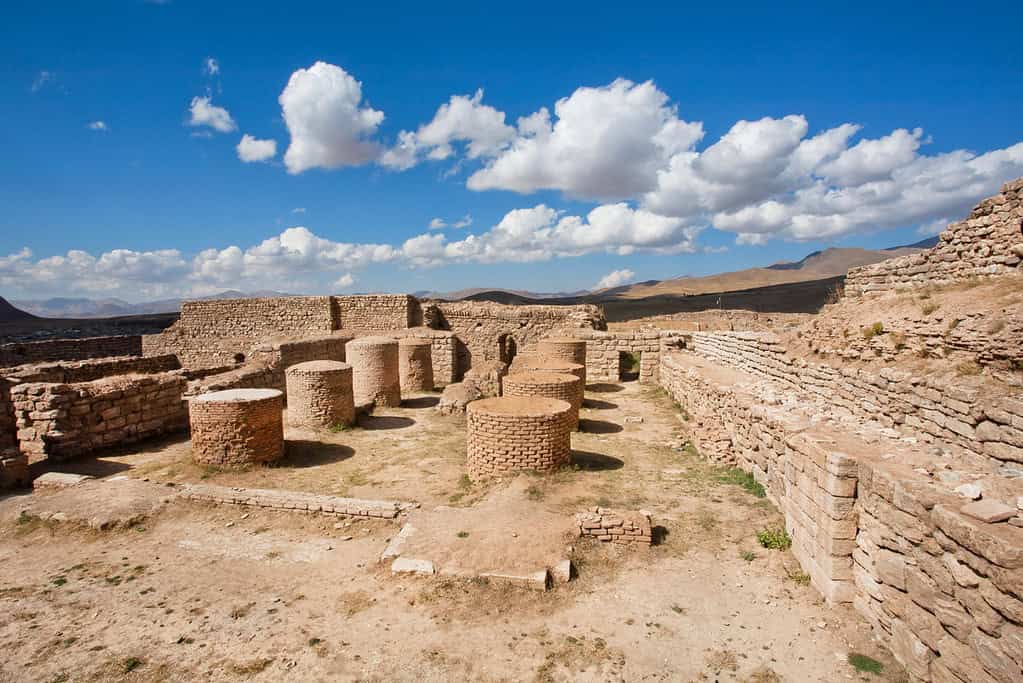
A stunning archaeological site from the Sassanian era featuring a royal palace, fire temple, and a Zoroastrian holy site. The site showcases the sophisticated architectural and religious practices of the ancient Persians.
Shahr-i Sokhta
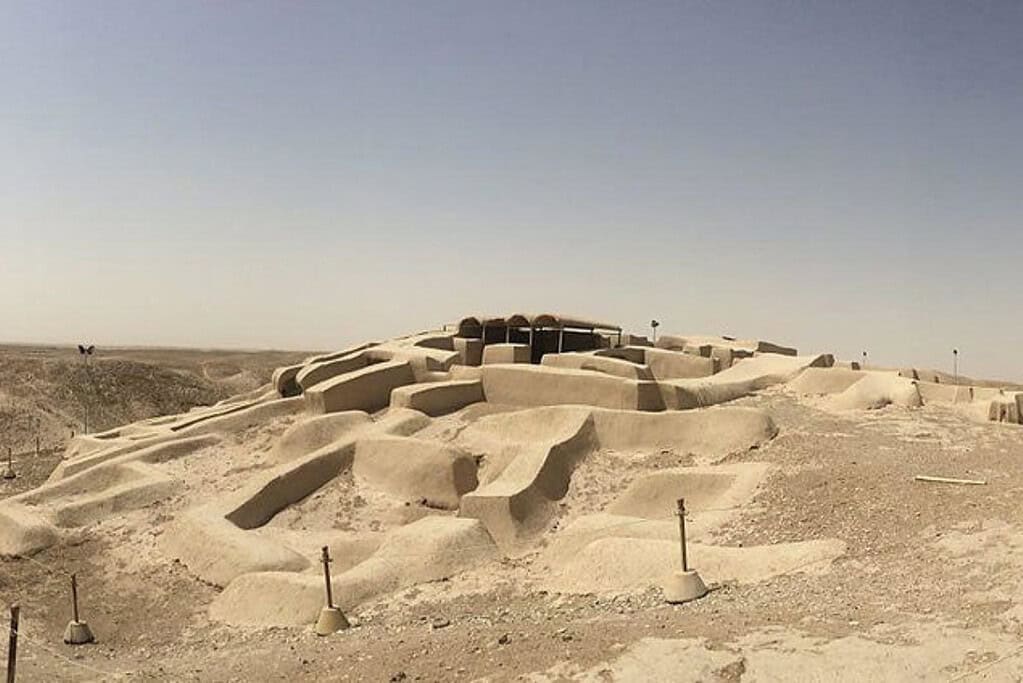
An archaeological site located in the Sistan and Baluchistan province of Iran. It was once a thriving city that existed from around 3200 BC to 2100 BC and is considered one of the earliest examples of urbanization in the region. The city was known for its advanced urban planning, complex water systems, and sophisticated pottery, metalwork, and jewelry. Shahr-i Sokhta is a testament to the rich cultural heritage of ancient Persia and is a must-visit destination for history enthusiasts.
The Persian garden
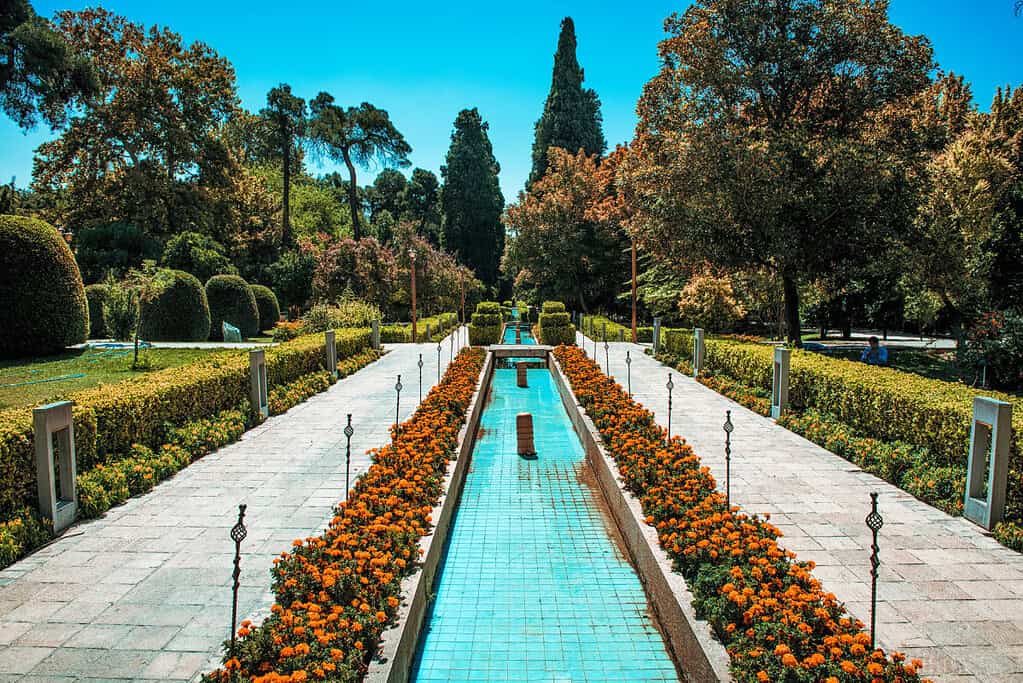
A unique garden design style originated in ancient Persia, characterized by symmetrical layouts, raised pools, and carefully crafted floral arrangements. The style has had a lasting impact on garden design and has been widely imitated worldwide.
The Persian Qanat

An ancient system of underground water channels was used to bring water from underground sources to agricultural lands and cities. The qanats were an important technological advance that was crucial in developing many ancient Persian settlements.
Tchogha Zanbil

An ancient Elamite city located in the Khuzestan province of Iran. It was built around 1250 BC and was dedicated to the Elamite deity Inshushinak. The city is renowned for its well-preserved ziggurat, considered one of the best examples of ancient architecture. Tchogha Zanbil also showcases the advanced knowledge of engineering and architecture of the ancient Elamites, including their use of mud bricks and a complex underground drainage system. Tchogha Zanbil is now a UNESCO World Heritage Site and a popular tourist destination for those interested in exploring the ancient history of Iran.
The Trans-Iranian Railway
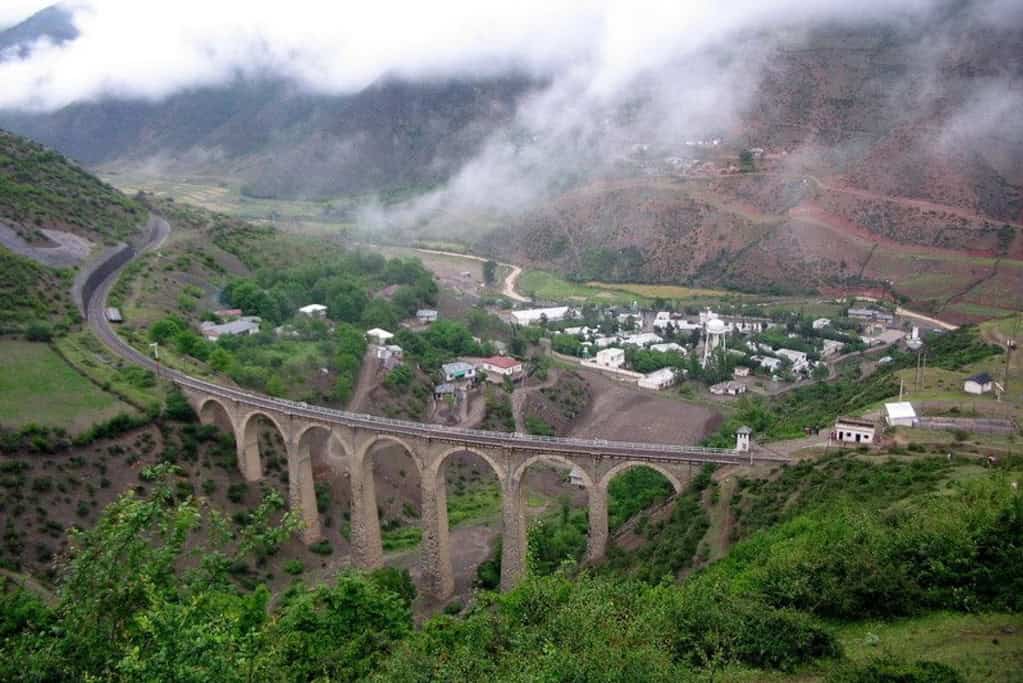
a historic railway line that connects the cities of Tehran and Mashhad, traversing the entire length of Iran. The railway was a significant engineering feat during its construction in the early 20th century and continues to play an essential role in the country’s transportation infrastructure.
The Hyrcanian forests

A unique ecosystem in northern Iran features dense, lush forests surrounded by high peaks and breathtaking scenery. The forests are home to a diverse range of wildlife and are an essential source of ecological and cultural heritage for the region.
The Lut desert
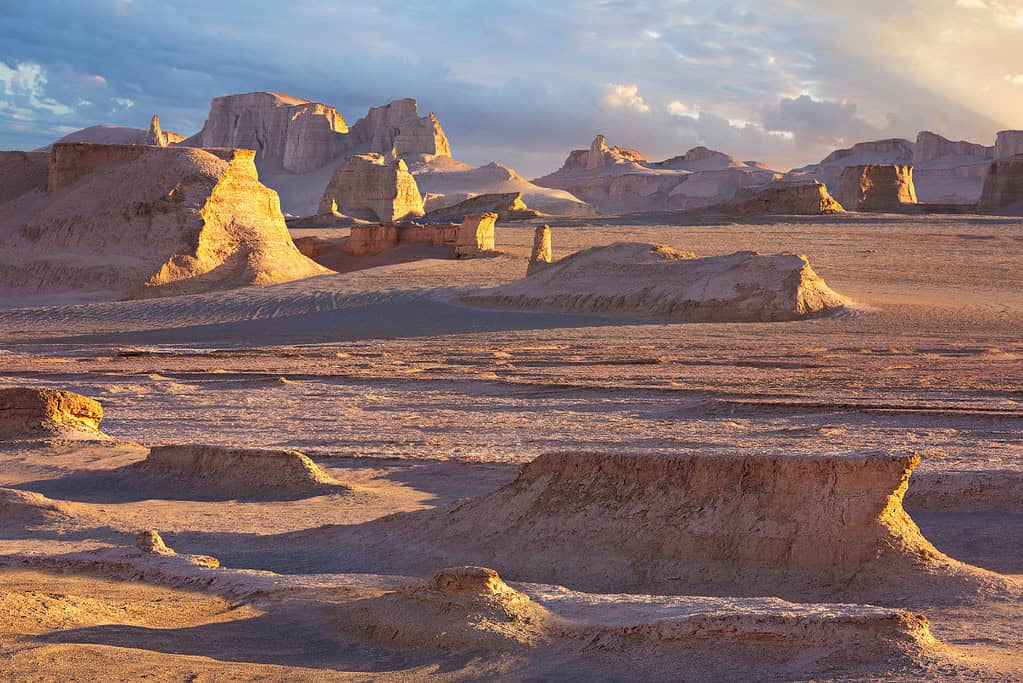
A stunning natural landscape that is known for its towering dunes, unique rock formations, and rich wildlife. The desert is considered one of the driest in the world and has been shaped by centuries of wind and sand erosion.
Iran UNESCO tentative list
- Jame’ (Congregational) Mosque of Esfahan
- Historic ensemble of Qasr-e Shirin
- Firuzabad Ensemble
- Shush
- Nasqsh-e Rostam and Naqsh-e Rajab
- Tape Sialk
- Taq-e Bostan
- Kuh-e Khuaja
- Persepolis and other relevant buildings
- The Historical–Cultural Axis of Fin, Sialk, Kassan
- Historical Ensemble of Qasr-e Shirin
- Historic Monument of Kangavar
- The Historical City of Maybod
- The Historical Port of Siraf
- Bazaar of Qaisariye in Laar
- The Historical Village of Abyaneh
- Bastam and Kharghan
- The Historical Texture of Damghan
- The Cultural-Natural Landscape of Ramsar
- Kaboud Mosque
- Tous Cultural Landscape
- The Historical City of Masouleh
- The Complex of Izadkhast
- Cultural Landscape of Alamout
- Zozan
- Khorramabad Valley
- Jiroft
- Ghaznavi- Seljukian Axis in Khorasan
- Qeshm Island
- Arasbaran Protected Area
- Sabalan
- Khabr National Park and Ruchun Wildlife Refuge
- Alisadr Cave
- Silk Route (Also as Silk Road)
- The Natural-Historical Landscape of Izeh
- The Zandiyeh Ensemble of Fars Province
- Kerman Historical-Cultural Structure
- Hegmataneh
- The Collection of Historical Bridges
- Touran Biosphere Reserve
- Hamoun Lake
- Harra Protected Area
- Damavand
- Asbads (windmill) of Iran
- Natural-Historical Complex / Cave of Karaftoo
- Imam Reza Holy Complex
- Industrial Heritage of textile in the central Plateau of Iran
- Persian Caravanserai
- Salt Domes of Iran
- The Great Wall of Gorgan
- The Persian House in Central plateau of Iran
- University of Tehran
- Monastery of St. Amenaprkich (New Julfa Vank)
- Vali-e Asr Street
- Hyrcanian Forests
- Serial Nomination of Tehrans’ Modern Architectural Heritage
- Chega Sofla (Ritual Landscape of Chega Sofla)
- Architecture of the historical settlements across the northern coasts of Persian Gulf (Siraf, Kong, Laft, Kish and Mokran)
- Cultural Landscape of Kong Historic Port
- Long-lived trees of Iran
- Sheikh Ahmad-e Jām Khaneghah and Mausoleum Complex (Mazar-e Jām)
Tours in Iran
Our choices of tours in Iran are divided into thematic features such as Persepolis, Soltaniyeh, Susa, Tabriz Historic Bazaar Complex, and the Persian Garden Experience.

